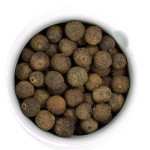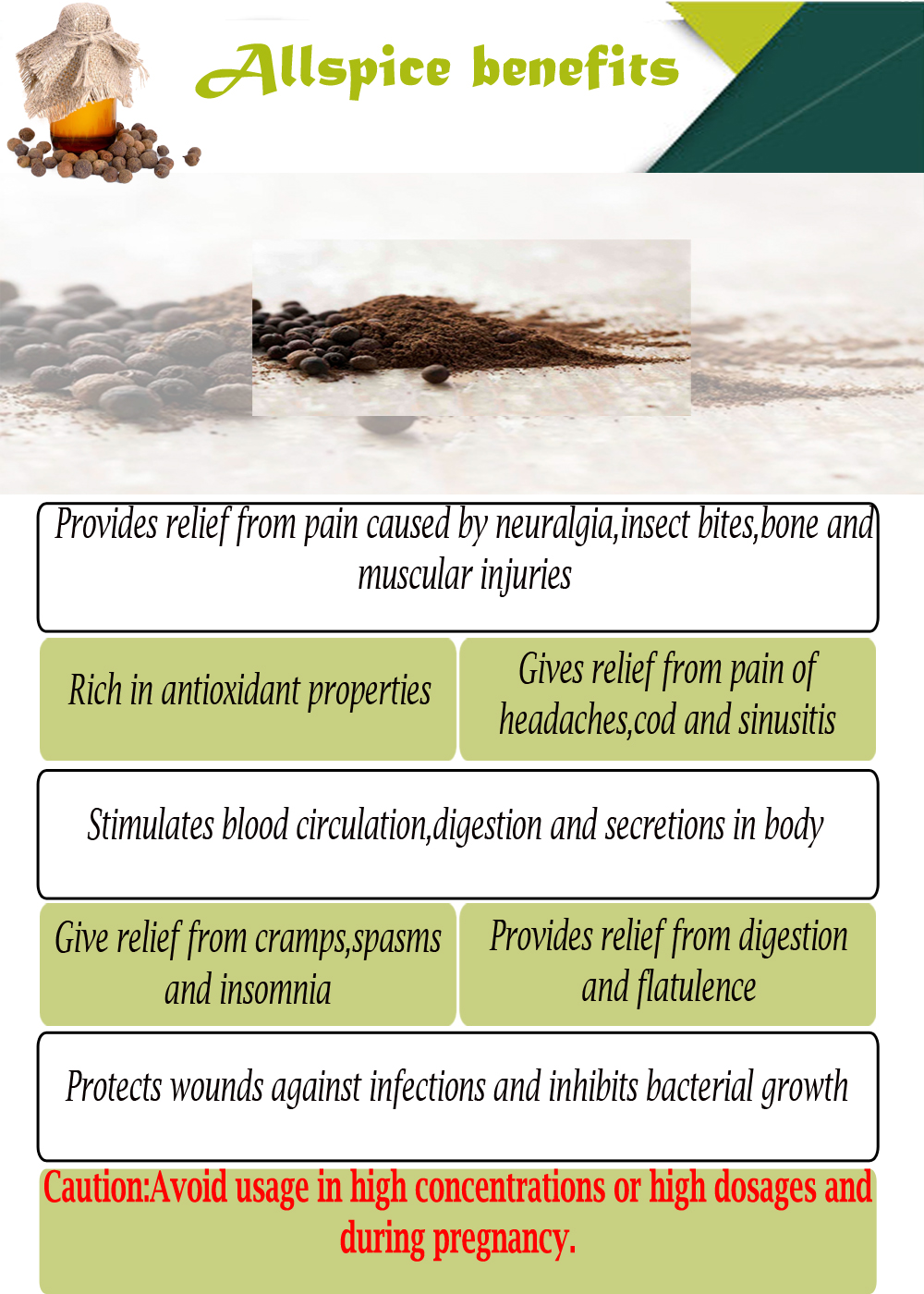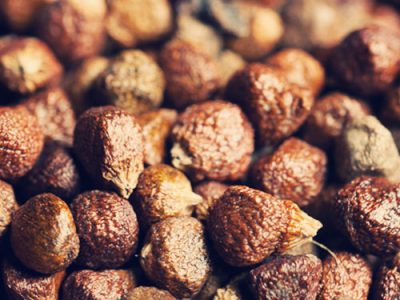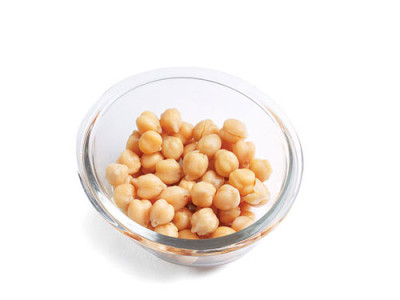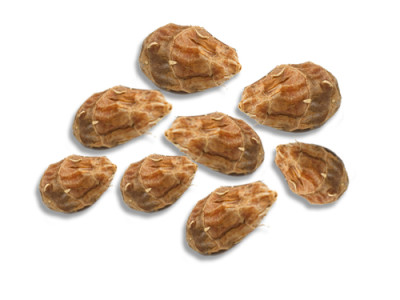
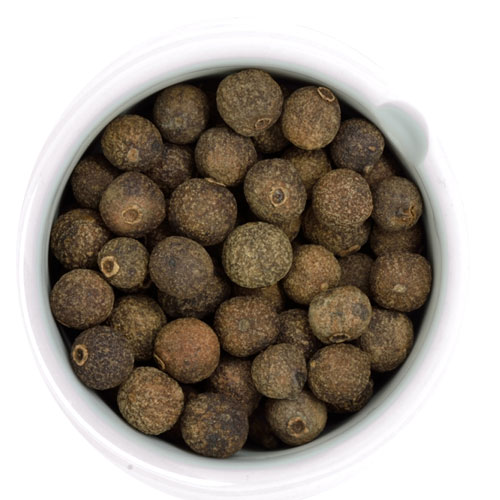
Allspice Interesting Facts And Its Various Uses
Allspice
Plants and trees live a tremendous life on this earth with a social obligation of preserving the earth from major disasters. Some of the features that distinguish plants from animals are: The plants have chlorophyll, a green pigment which is extremely necessary for photosynthesis, the plants cell walls are made sturdy by a material called cellulose and they are fixed in one place. The system of classification of plan is called taxonomy which is an interesting subject. This topic will deal with a plant named Allspice is a mid canopy tree native to Greater Antilles, southern Mexico, and Central America and is now cultivated all over the world. The botanical name of this plant is Pimenta dioica. The other common names of this plant are Jamaican pepper, pepper, myrtle pepper, pimenta, Turkish Yenibahar, English pepper or newspice.
History
The name ‘allspice‘ was coined as early as 1621 by the English, who thought it combined the flavor of cinnamon, nutmeg, and cloves. The unrelated fragrant shrubs are called Carolina allspice, Japanese allspice or wild allspice. The fruits are harvested when it is green and are dried under the sun for some time. Allspice has longer shelf life than the powdered product and has a aromatic flavor.
Used For Food
They are generally infused while cooking and removed after that. The quality of the food will be tasty and delicious if this spice is infused. The Caribbean use Allspice during jerk seasoning, in moles and in pickling. They also use this as an ingredient in commercial sausage preparations and curry powders. Levant people use this spice as an ingredient in stews and meat dishes.
In USA it is used in many desserts and it is responsible for giving Cincinnati-style chili its distinctive aroma and flavor. Many countries used this in barbecue sauces. It is also used in deodorant. The volatile oil which is found in the plant contain eugeno, an antimicrobial agent.
Properties Of Allspice
The allspice tree can achieve height of 59 ft. It can be a small, scrunby tree quite similar to the bay laurel in size and form. It is also grown as a shady tree for coffee trees planted under it. It can be grown in subtropics and tropics with normal soil and watering. This plant can be grown as a house plant or in a greenhouse. At one time, this plant was found only in Jamaica where it is was pollinated by birds. Efforts to grow on other places failed. Today, it is spread by birds in Tonga and Hawaii, where it has become naturalized on Kauai and Maui.
Interesting Facts
The legend goes like this, when Christopher Columbus reached Jamaica on his second voyage, he found this spice and named it Dr. Diego Alvarez Chanca. It was introduced into European and Mediterranean countries during 16th century where the people used it in various cuisines.

